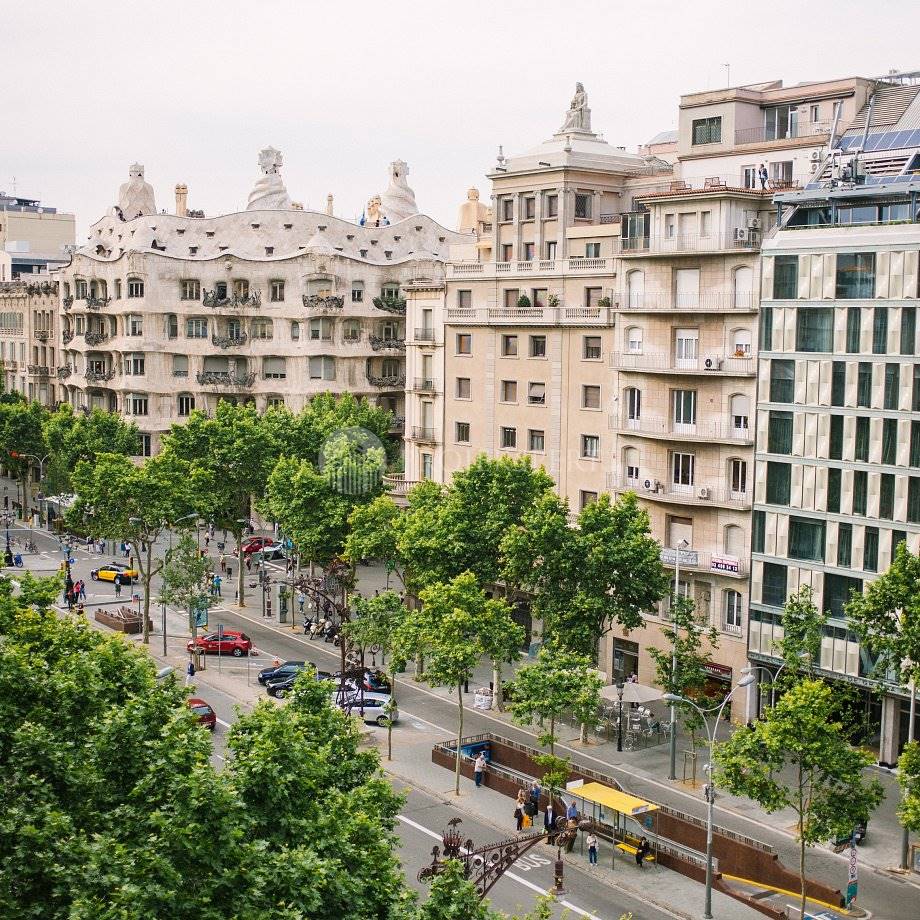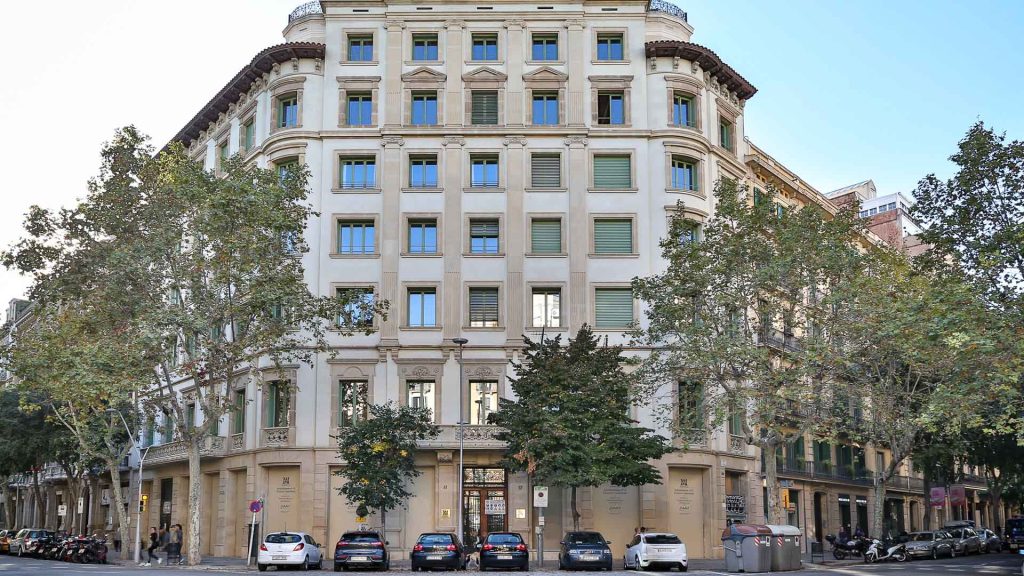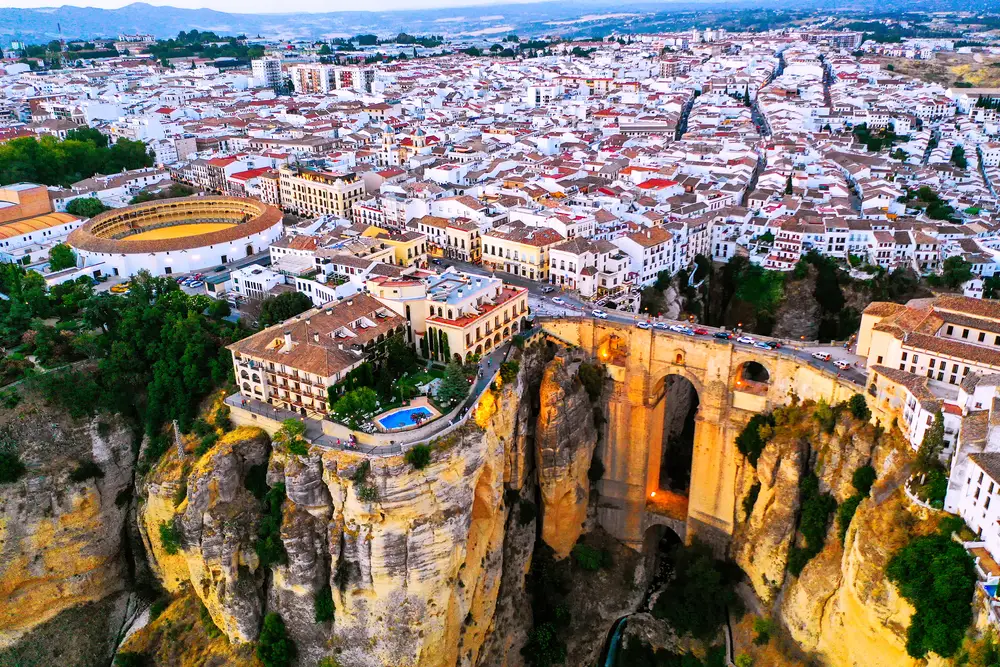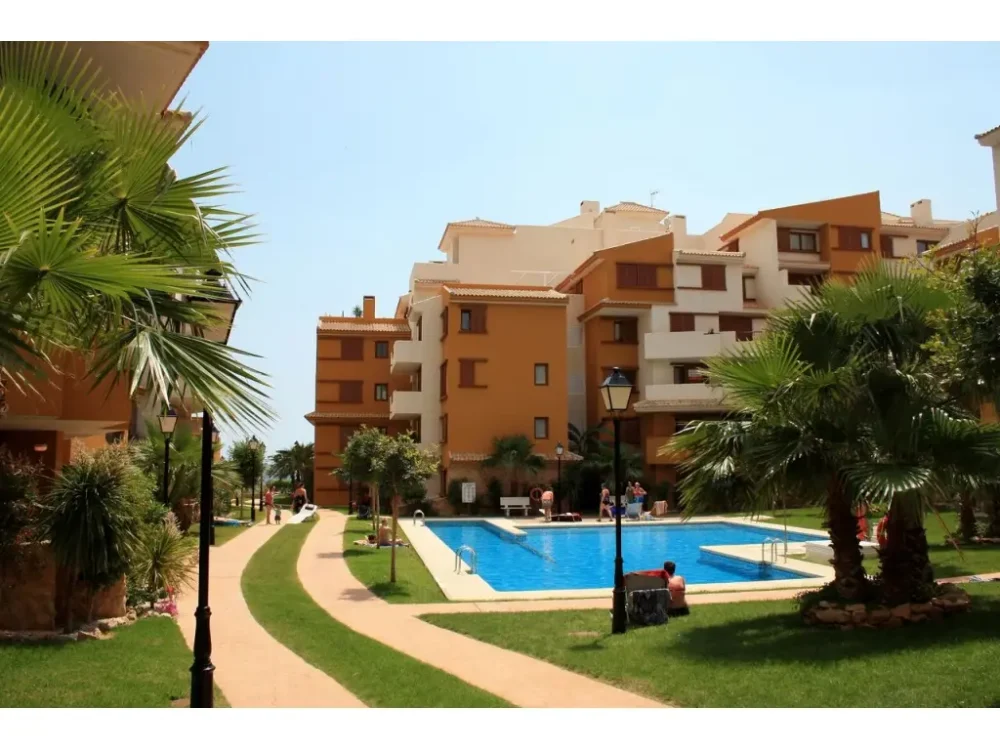Barcelona beckons as a dream city – the perfect blend of Mediterranean serenity, rich history and European dynamism. Its world-famous architecture, golden beaches and culinary delights attract millions. However, like any major metropolis, this facade hides its complexities. For those thinking of investing in property or relocating, it is critical not just to see the postcard, but to soberly assess the full picture: how the real pros and cons of living in Barcelona will affect everyday comfort and potential investment success.
Pros and cons of living in Barcelona in terms of geography, climate and infrastructure
Barcelona occupies a strategic point between France and the south of Spain, providing easy access to all European destinations. El Prat International Airport handles more than 50 million passengers a year. The city’s transport network includes metro, trams, trains and cycleways, covering almost all neighbourhoods. A key plus is the dense transport connection between residential areas and the centre. Even without a car, it is possible to reach any point of the city within 30 minutes. This is especially valuable for those considering a move to Barcelona for expats without the desire to purchase a private car.
Weather and climate comfort
Barcelona’s climate is one of the main arguments in favour of living here. Mediterranean mild winters (average +12 °C) and warm summers without extreme temperatures create comfortable conditions all year round. There is little rainfall and about 300 days of sunshine per year. The weather affects not only your well-being, but also your habits. Walks, sports, and evenings on the terraces are part of the daily routine.
Multicultural environments and communication styles: diversity and linguistic adaptation
 Barcelona unites residents from more than 160 countries. The neighbourhoods of Eixample, Poble Sec, and Gracia are not just neighbourhoods, but cultural mosaics. The multicultural environment of the capital creates conditions for flexible adaptation, especially with basic knowledge of English.
Barcelona unites residents from more than 160 countries. The neighbourhoods of Eixample, Poble Sec, and Gracia are not just neighbourhoods, but cultural mosaics. The multicultural environment of the capital creates conditions for flexible adaptation, especially with basic knowledge of English.
Spanish and Catalan are the official language instruments. Knowledge of at least one accelerates integration. However, in the central zones, English is actively used in everyday communication. This is important for expats considering a move to Barcelona who do not have a high level of Spanish.
The pros and cons of living in Barcelona: the cost and yield of property
Buying property in Barcelona remains a reliable long-term investment. Despite growing competition, rental yields exceed 4-6% per annum. In the central districts and near the sea, the yield reaches 7-8%, especially in the segment of daily rentals. Investments in property in Spain allow not only to preserve capital, but also to earn on seasonal tourism. Increased demand forms the price growth: over the past 10 years, the price per square metre has increased by an average of 52%.
Rent, mortgage and tax burden
The cost of living in Barcelona for expats depends largely on the rental rate. The average rent for a flat ranges from €1,200 to €2,500 per month, depending on the neighbourhood. Local banks provide mortgages to foreigners with a minimum deposit of 30%. At the same time, the buyer must take into account taxes: 10% VAT when buying a new building, 8-10% transfer tax when buying secondary housing. Plus – annual property commission and rubbish collection fee. Therefore, when making calculations, it is important to consider not only the price of housing, but also the associated costs.
Quality of life and urban rhythm: streets, cuisine, nightlife as part of everyday life
The pros and cons of living in Barcelona become apparent from the first steps through the city. The centre pulsates as a single organism: old buildings are next to office towers, parks alternate with squares, and the beaches fit into the urban structure organically, without any strain. In the morning, the city wakes up not with the sound of traffic, but with the noise of coffee grinders, the light hum of street markets and the smells of freshly baked pastries. Cafés open terraces to serve breakfast – toast with jamon, orange juice and black coffee. Markets like Boqueria offer fruit, seafood, jamon in dozens of varieties.
In the afternoon, Barcelona has a different face – a working face. Business clusters are bustling with activity, but even the offices look designer and often overlook palm trees or cathedrals. At lunchtime, restaurants on Diagonal or Paseo de Gracia streets are filled with people in suits discussing start-ups or municipal projects. Night turns the city into an improvised stage. The streets of the Gothic Quarter and the Barceloneta promenade come alive with music, chefs cooking in front of your eyes, bars and terraces. Nightlife in Barcelona is not just about clubs, but also cinemas, jazz venues, book launches and gastronomic festivals.
Spanish cuisine is revealed not in pathos, but in simplicity: a snack bar serves the best tapas, a fish shop serves freshly caught tuna, a stall near the metro serves bread with anchovies and pimentón. This gastronomic space does not live for tourists, but for citizens, and that is its strength. The architecture of the city turns every walk into an excursion. Gaudi’s mosaics, baroque Gracia, modernist Eixample – all these are not tourist attractions, but part of the everyday environment.
Beaches are a separate part of city life. The sandy line stretches along the entire city. In summer, tourists fill Barceloneta en masse, but the inhabitants go north to Mar Bella, Nova Icaria, or even further north to Badalona and Castelldefels. There is less noise, cleaner water, more space for recreation, sport and privacy. It is this layering that creates a rich, flexible and stylish quality of life – dynamic but not tiring.
Pitfalls and risks – tourism, bureaucracy and market overheating
In the context of sorting out the pros and cons of living in Barcelona, it’s impossible to ignore the other side of the coin. The city is not perfect – and the longer you stay, the more the difficulties become apparent.
Tourism
Barcelona is one of the most popular cities in Europe. More than 20 million tourists come here every year. In the summer months, the centre turns into a dense flow of excursions, suitcases and photo shoots. The districts of Gotico, Raval, Barceloneta lose the appearance of residential neighbourhoods and resemble scenery. Crowds increase the noise level, lengthen queues in cafes, provoke price increases. Even basic services, such as taxis, dry cleaning, and bicycle hire, are 15-20% more expensive in season. Infrastructure is overloaded, especially in areas with tourist accommodation.
Bureaucracy
The Spanish administration is characterised by high inertia. Registration of a residence permit, registration of a lease, approval of reconstruction, obtaining a tax number – each of these processes requires several steps, paperwork, personal visits and waits. Even with a lawyer and an interpreter, the deadlines are often beyond common sense: 6 weeks to connect electricity, 2 months to register a lease, up to six months to obtain a renovation permit.
Even a simple bank transaction can be delayed due to internal regulations and lack of automation in the system.
Overheated market
The Barcelona property market has already reached a price ceiling in some areas. We are talking about the areas of Eixample, Gracia, Gotico, Barceloneta. Here the cost per square metre has increased by 85-120% over the last 8 years, and now ranges from 5,500-7,500 euros.
At the same time, the level of income remains moderate, and the demand for purchase is formed mainly by foreigners, which makes the market vulnerable to external fluctuations.
For the investor, this means increased risks:
- limited appreciation potential;
- stiff competition in rentals;
- high probability of price adjustments in case of a drop in tourist traffic or new restrictions.
The way out is to seek a balance between attractive areas and undervalued locations: Sants, Poble-Sec, Sainte-Andreu, part of Les Corts. These areas offer more flexible prices and a steady demand for long-term rentals. Overall, the pitfalls do not outweigh the advantages, but require preparation, calculation and the right choice of strategy. The pros and cons of living in Barcelona are interrelated: comfort here is born from the ability to adapt.
Weigh the pros and cons of living in Barcelona to make the right decision
 The pros and cons of living in Barcelona form a contradictory but colourful picture. The city is suitable for those who appreciate freedom, sunshine and culture, and are willing to put up with bureaucracy for the sake of a high quality of life and sustainable rental income. Buying property in the capital requires calculation, analysing the neighbourhoods and understanding the local rhythm.
The pros and cons of living in Barcelona form a contradictory but colourful picture. The city is suitable for those who appreciate freedom, sunshine and culture, and are willing to put up with bureaucracy for the sake of a high quality of life and sustainable rental income. Buying property in the capital requires calculation, analysing the neighbourhoods and understanding the local rhythm.
 en
en  ru
ru  de
de  ar
ar  es
es  nl
nl  hi
hi  fr
fr  it
it  pt
pt  el
el 










